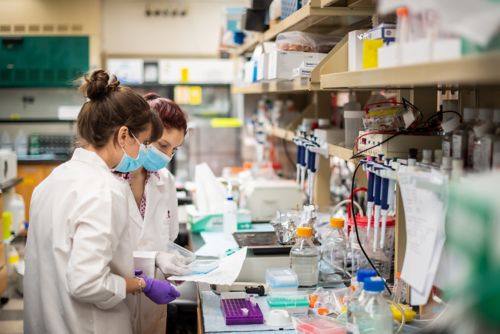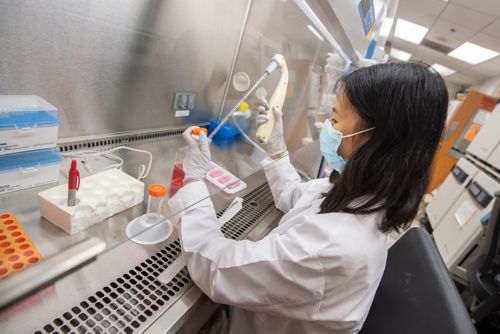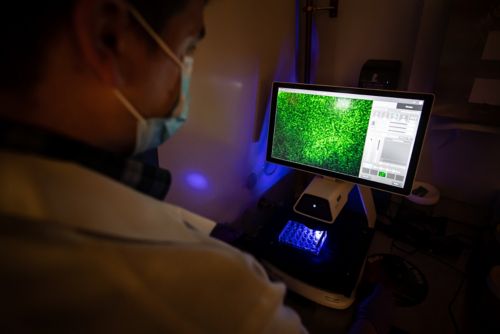St. Jude Family of Websites
Explore our cutting edge research, world-class patient care, career opportunities and more.
St. Jude Children's Research Hospital Home

- Fundraising
St. Jude Family of Websites
Explore our cutting edge research, world-class patient care, career opportunities and more.
St. Jude Children's Research Hospital Home

- Fundraising
J. Paul Taylor Lab
Exploring the assembly and function of biomolecular condensates and how disturbance of condensates contributes to disease
About the Taylor Lab
Biomolecular condensation is a process that concentrates specific molecules in time and space. Biomolecular condensation governs many aspects of cell biology, and disturbances in this process are implicated in a variety of diseases, most notably cancer and neurological disease. Our laboratory is focused on understanding how condensates form and organize, what functions they serve, and how they are corrupted by disease-relevant mutations. Deciphering condensate function provides notable opportunities to target these structures as a means of therapeutic intervention in several catastrophic diseases.

Taylor Lab research summary
Our laboratory is focused on understanding how condensates are assembled, what functions they serve, and how their corruption contributes to disease. Condensates assemble through a network of individual interactions among their constituents. We hypothesize that network theory will help predict the contribution of individual constituents to condensate assembly and material properties, and will be useful for efforts to exert control over condensate dynamics and function. Specifically, we have advanced the network-encoded percolation threshold hypothesis, which postulates that each constituent within a condensate contributes to the overall driving forces toward condensation. Importantly, the forces driving condensation are distributed unevenly across the network, such that constituents with higher centrality within the network have greater influence than nodes with lower centrality.

One facet of our research program focuses on RNA granules as prototypical biomolecular condensates to tease out generalizable principles about how condensation occurs within cells. For example, we are currently investigating the stress granule network by manipulating the expression of each node to see how each change influences the condensate’s overall properties. In addition, we are dissecting the central node within this network – a protein called G3BP1 – down to the atomic level to see how its interactions facilitate seeding the assembly and specific identity of the condensate.
Another area of research in our laboratory centers on the functions served by these biomolecular condensates. We are exploring the ways in which condensates may be promoting or limiting activities between reactants and how condensates may be important for buffering certain proteins in the non-condensed state. Specifically, we are examining the mechanisms underlying conditional sequestration and the regulation of RNA editing, and the regulation of neuronal translation by mRNA sequestration.

We are also working to determine how disease mutations corrupt the biophysical properties and function of RNA granules. Our lab has discovered that multiple, distinct types of genetic mutations intersect upon the process of RNA granule condensation and function, giving rise to a common set of neurodegenerative diseases. Each of these types of genetic mutation increases the driving forces underlying condensation.
We employ a variety of methodologies and approaches in our laboratory, including fly and human genetics, proteomics, biophysics, cell biology, and structural biology. We also build tools and develop innovative approaches to help us answer research questions, including a novel strategy to chemically profile condensates and manipulate their properties with small molecules.
Taylor Lab selected publications
Contact the Taylor Lab
J. Paul Taylor, MD, PhD
Member, St. Jude Faculty
Chair, Department of Cell and Molecular Biology
MS 340
St. Jude Children's Research Hospital

Memphis, TN, 38105-3678 USA GET DIRECTIONS
